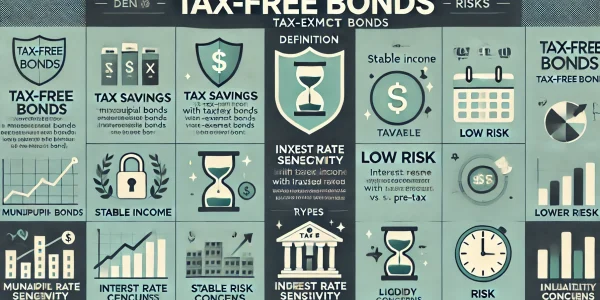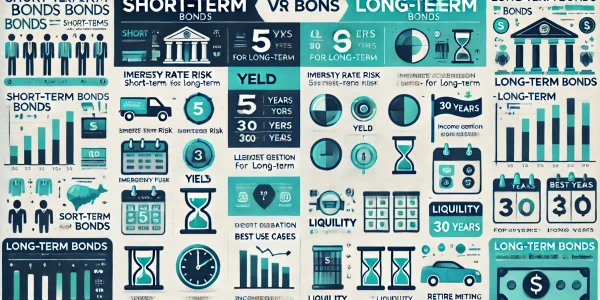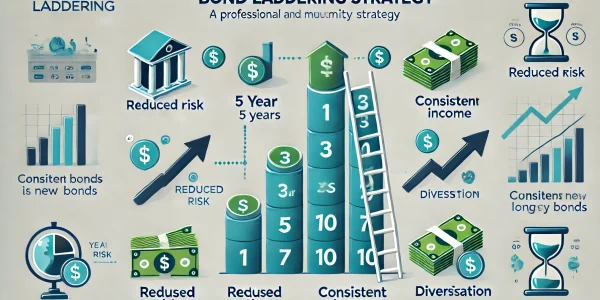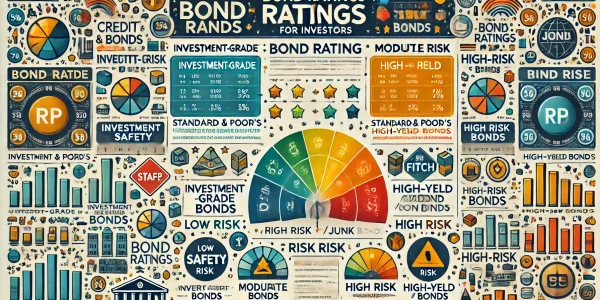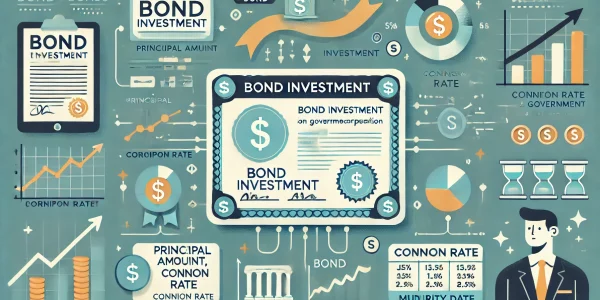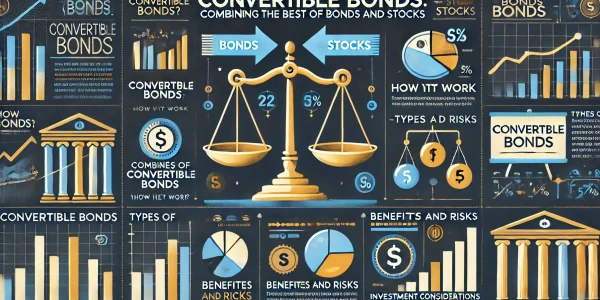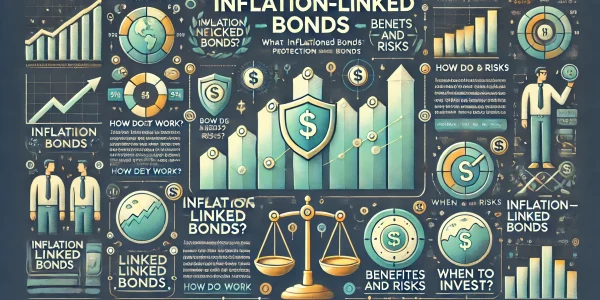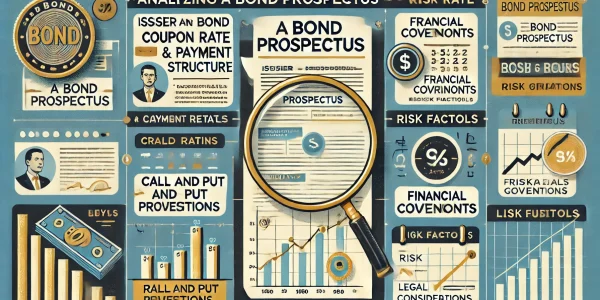Tax-Free Bonds Explained: Benefits and Risks for Smart Investors
Investing in bonds is a time-tested way to secure steady returns and preserve capital. Among the many bond options available, tax-free bonds are an attractive choice for investors seeking to minimize their tax liabilities while earning consistent income. But what…
Short-Term vs. Long-Term Bonds: Pros, Cons, and Best Use Cases
Investing in bonds is a popular strategy for generating income, preserving capital, and diversifying an investment portfolio. Within the bond market, one critical decision investors face is choosing between short-term and long-term bonds. Each option offers distinct advantages and disadvantages,…
The Impact of Interest Rates on Bond Prices: What Investors Need to Know
Understanding the relationship between interest rates and bond prices is essential for any investor looking to navigate the fixed-income market effectively. Interest rates play a significant role in determining bond yields, prices, and overall investment returns. Whether you’re a seasoned…
Bond Laddering Strategy: How to Reduce Risk and Maximize Returns
Investing in bonds can provide stability, predictable income, and diversification to your financial portfolio. However, bond investments are not without risks, particularly interest rate fluctuations and reinvestment uncertainty. One effective way to mitigate these risks while maximizing returns is through…
How to Evaluate Bond Ratings and What They Mean for Investors
Investing in bonds can provide a steady income stream and a relatively lower-risk investment compared to stocks. However, not all bonds are created equal—some carry more risk than others. Bond ratings are crucial tools for investors to assess the creditworthiness…
Government Bonds vs. Corporate Bonds: Which One Should You Choose?
Investing in bonds is a popular strategy for individuals seeking stable returns and lower risk compared to equities. Among the many bond options available, government bonds and corporate bonds are the two primary categories. Each comes with its own set…
Understanding Bonds: A Beginner’s Guide to Fixed-Income Investments
Bonds are a fundamental part of the financial market and a popular investment choice for those seeking stable and predictable returns. Whether you’re a beginner or an experienced investor, understanding how bonds work can help you diversify your portfolio and…
Convertible Bonds Explained: Combining the Best of Bonds and Stocks
Convertible bonds offer a unique investment opportunity by blending the features of traditional bonds with the potential upside of stocks. They are a favored choice for investors seeking both income stability and capital appreciation. This guide will provide a comprehensive…
Inflation-Linked Bonds: How to Protect Your Investments from Rising Prices
Inflation is a persistent concern for investors because it erodes purchasing power over time. When inflation rises, the value of fixed-income investments like traditional bonds can decline in real terms. However, inflation-linked bonds (ILBs) offer a way to safeguard your…
Step-by-Step Guide to Analyzing a Bond Prospectus
Investing in bonds is a popular way to generate fixed income while preserving capital. However, to make informed decisions, investors must carefully analyze the bond prospectus—a legal document that outlines key details about the bond offering. Understanding the prospectus helps…
